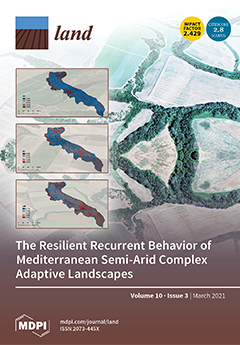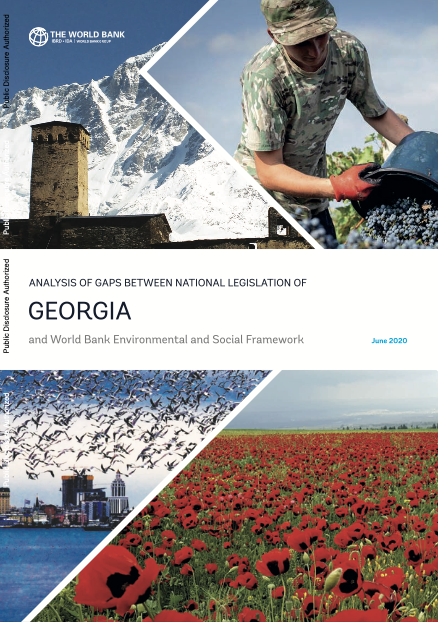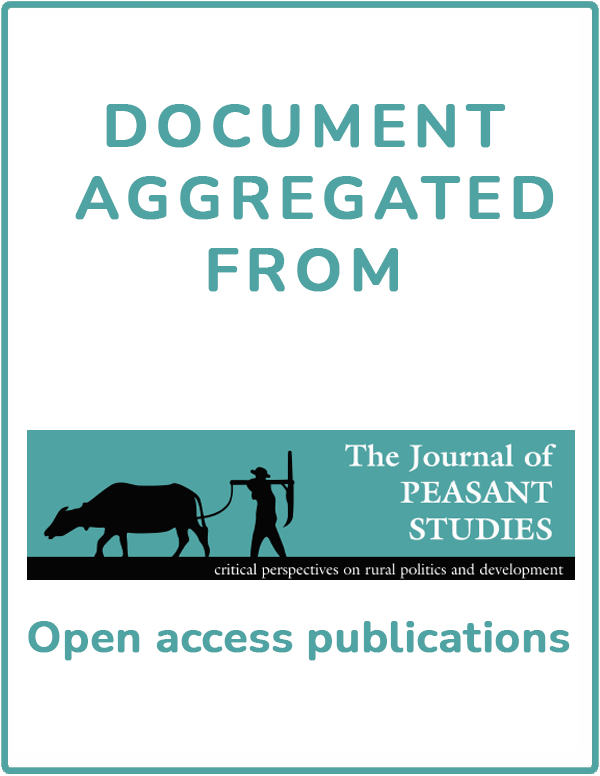Land-Based Financing Elements in Infrastructure Policy Formulation: A Case of India
A rapid increase in land and property values has been one of the driving forces of urban ecosystem development in many countries. This phenomenon has presented project proponents/policymakers with multiple options and associated challenges, nudging them to configure or incorporate elements of land-based financing in their policies and legislations. Specifically, the Government of India and various state governments have sought to monetize land through diverse instruments, for augmenting the financial viability of infrastructure and area development projects.







